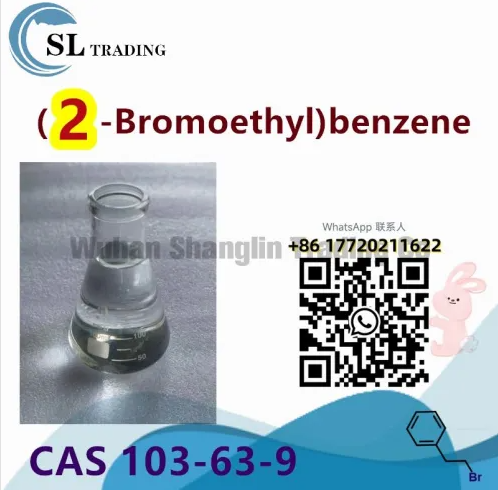- Automobiles & Motorcycles
- Beauty & Personal Care
- Business Services
- Chemicals
- Construction & Real Estate
- Consumer Electronics
- Electrical Equipment & Supplies
- Electronic Components & Supplies
- Energy
- Environment
- Excess Inventory
- Fashion Accessories
- Food & Beverage
- Furniture
- Gifts & Crafts
- Hardware
- Health & Medical
- Home & Garden
- Home Appliances
- Lights & Lighting
- Luggage, Bags & Cases
- Machinery
- Measurement & Analysis Instruments
- Mechanical Parts & Fabrication Services
- Minerals & Metallurgy
- Office & School Supplies
- Packaging & Printing
- Rubber & Plastics
- Security & Protection
- Service Equipment
- Shoes & Accessories
- Sports & Entertainment
- Telecommunications
- Textiles & Leather Products
- Timepieces, Jewelry, Eyewear
- Tools
- Toys & Hobbies
- Transportation
The Difference Between drug substances and Pharmaceutical Intermediates
https://www.fanbo-medical.com/drug-substance.html
Drug substances and pharmaceutical intermediates are both important components in the production of pharmaceutical drugs, but they differ in terms of their roles and characteristics. Here's an explanation of the difference between these two terms:
What is Drug Substances:
Drug substances, also known as active pharmaceutical ingredients (APIs), refer to chemical compounds that have a specific therapeutic effect on the human body. They are the key components responsible for the desired pharmacological activity of a drug. Drug substances are typically obtained from natural sources or synthesized through chemical processes.
Characteristics of Drug Substances:
Therapeutic effect: Drug substances possess the intended pharmacological activity, meaning they have a direct impact on treating or preventing a particular disease or medical condition.
Purity: Drug substances need to meet strict quality standards and must be highly pure to ensure safety and efficacy.
Formulation: Drug substances are usually formulated into dosage forms such as tablets, capsules, injections, or syrups for administration to patients.
Manufacturing Drug Substances:
The manufacturing of drug substances involves the production of active pharmaceutical ingredients (APIs) that have therapeutic effects in pharmaceutical drugs. This process typically includes several stages, such as:
Chemical Synthesis: Drug substances can be synthesized through various chemical reactions, often starting from raw materials or intermediate compounds. The synthesis requires expertise in organic chemistry and may involve complex reaction pathways.
Purification: After synthesis, the drug substance is often impure and needs to undergo purification processes to remove any impurities, byproducts, or residual solvents. Purification methods can include crystallization, distillation, chromatography, or filtration.
Characterization: Drug substances undergo rigorous characterization tests to ensure their identity, purity, and quality. These tests include analytical techniques such as spectroscopy (e.g., NMR, IR, UV), chromatography (HPLC, GC), and mass spectrometry.
Further reading:
The Properties that Make Hydroxypropyl Methylcellulose (HPMC) Stand Out
Oxytetracycline Hydrochloride: Understanding Its Role as an Antibiotic
Applications of HPMC-hydroxypropyl methyl cellulose ether in Construction
What is lixisenatide medicine used for?
Is latex backed artificial grass OK for dogs?
What is salicylic acid in skin care?
Demystifying Calcium Dodecyl Benzene Sulfonate: What Is It and How Is It Used?
Formulation: Once the drug substance is synthesized and purified, it is typically formulated into specific dosage forms suitable for administration to patients. Formulation processes can involve blending the drug substance with other ingredients, such as excipients, to create tablets, capsules, injections, or other forms.
What is Pharmaceutical Intermediates:
Pharmaceutical intermediates, on the other hand, are the chemical compounds produced during the synthesis or manufacturing process of drug substances. They are the intermediate stages or building blocks in the production of the final drug substance. Pharmaceutical intermediates undergo further chemical reactions or modifications to eventually yield the desired drug substance.
Characteristics of Pharmaceutical Intermediates:
Transitional stages: Pharmaceutical intermediates are not the final products themselves, but rather the intermediate compounds formed during the synthesis or manufacturing process of drug substances.
Chemical transformations: They are subjected to various chemical reactions, purification steps, and modifications to achieve the desired structure and properties of the drug substance.
Importance: Pharmaceutical intermediates play a crucial role in the overall drug development and manufacturing process, serving as essential components in the synthesis pathway.
Drug substances are the active ingredients responsible for the therapeutic effect of a drug, whereas pharmaceutical intermediates are transitional compounds formed during the synthesis or manufacturing process of drug substances. Drug substances have the intended pharmacological activity and are formulated into dosage forms for administration, while pharmaceutical intermediates are chemically transformed to produce the final drug substance.
Pharmaceutical Intermediates Manufacturing:
Pharmaceutical intermediates are the compounds produced during the synthesis or manufacturing process of drug substances. The manufacturing of pharmaceutical intermediates involves the following aspects:
Synthesis: Pharmaceutical intermediates are synthesized through specific chemical reactions and processes. These reactions are designed to create specific chemical structures or functional groups required for the subsequent steps in the synthesis of the drug substance.
How To Choose The Effective Multipurpose Spray Adhesives?
What are the advantages of acrylic emulsion?
Are Nonionic Surfactants Safe for Your Skin? Dermatologist's Insights
Methyluracil Ointment: A Versatile Topical Medication for Skin Health
How is formaldehyde produced in a formaldehyde plant?
Understanding PROTAC: A Breakthrough in Targeted Protein Degradation
What is HPMC used for in construction?
Related Articles
If you are interested in sending in a Guest Blogger Submission,welcome to write for us!












Comments
0